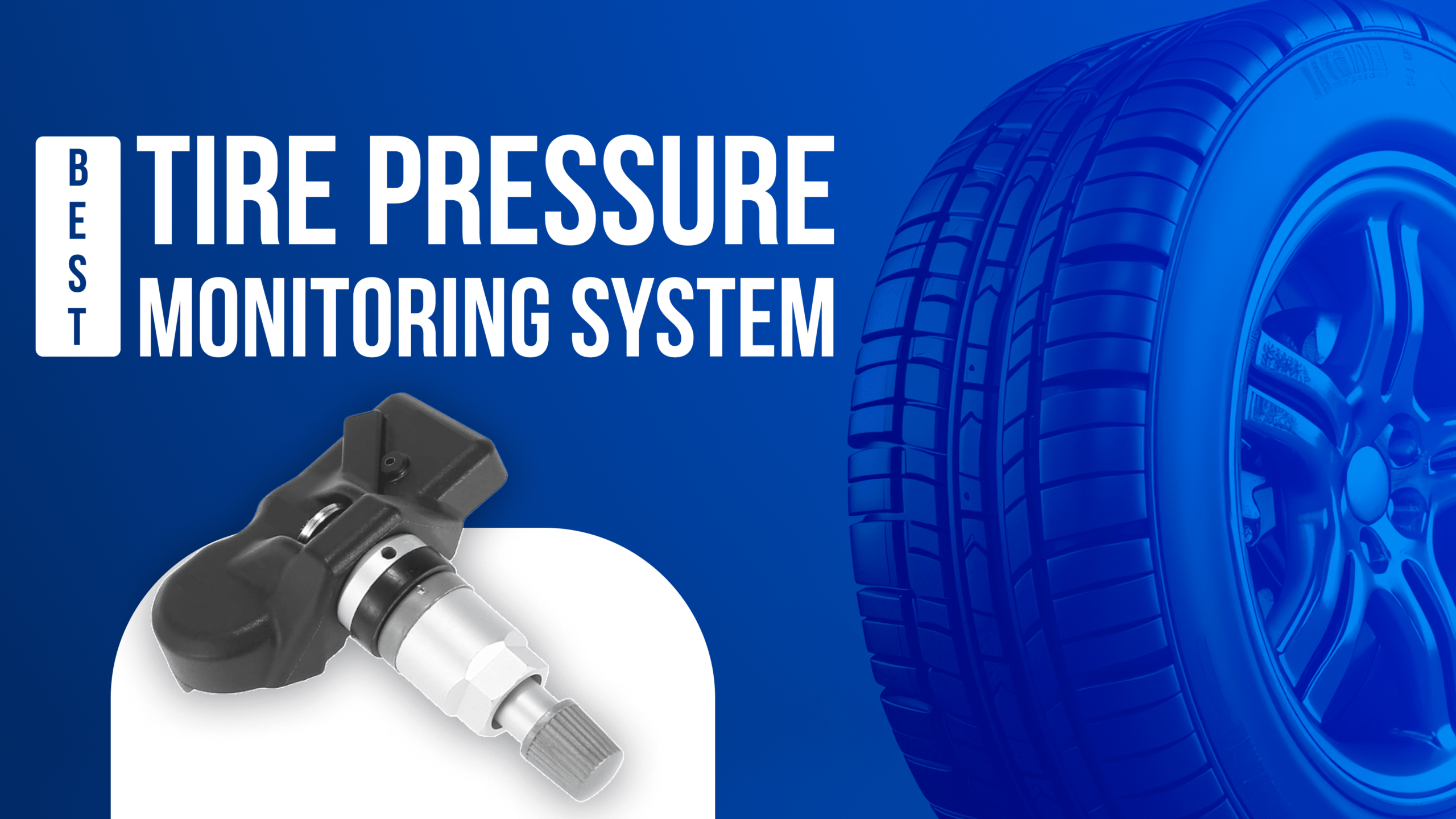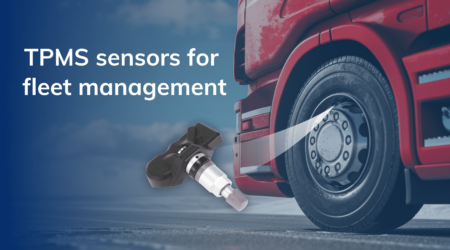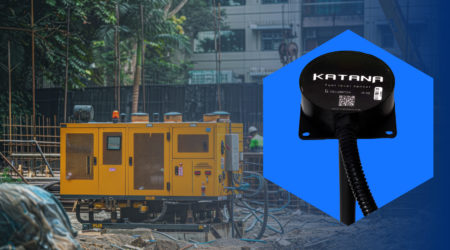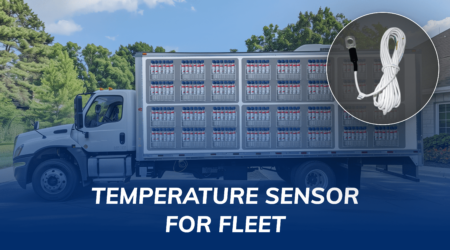How to Find the Best TPMS for Your Fleet: Expert Recommendations

Why a TPMS is Important
A TPMS is vital for fleet management, offering real-time tire pressure information. This system helps maintain the correct tire pressure, enhancing safety, boosting fuel efficiency, and extending tire life.
Assessing Your Fleet’s Needs
Every fleet is unique, comprising various vehicle types and operating under different conditions. Start by evaluating your fleet’s specific requirements. Consider the types of vehicles—whether they are heavy-duty trucks, delivery vans, or passenger vehicles—and the environments they operate in. This assessment will help you determine the necessary robustness and capabilities of the TPMS.
Choose the TPMS type
Selecting which type will fit well with the fleet’s needs is necessary. There are two primary types of TPMS:
- Direct TPMS: Uses sensors inside each tire to provide accurate, real-time pressure readings.
- Indirect TPMS: Estimates tire pressure based on wheel speed, offering a simpler but less precise solution.
Choosing the right system depends on the accuracy required and the specific needs of your fleet.
Key Features to Consider
When selecting a TPMS, focus on features that align with your fleet’s operational needs:
- Accuracy and Real-Time Monitoring: Accurate and timely information is crucial for maintaining tire health and ensuring safety.
- Alerts and Notifications: Immediate alerts for low tire pressure or high temperature can prevent accidents and reduce downtime.
- Ease of Installation and Maintenance: A system that is easy to install and maintain minimizes operational disruptions.
Additional features like data logging, temperature monitoring, and integration with fleet management systems can offer further benefits and insights.
 Cost Considerations
Cost Considerations
When considering cost, it’s important to think beyond the initial investment. A high-quality TPMS can save money over time by preventing tire damage, reducing fuel consumption, and minimizing maintenance costs. Calculate the potential savings against the purchase and maintenance costs to determine the overall value.
Ensuring Compatibility
Compatibility is crucial when integrating a new system into your existing operations. Ensure the TPMS you choose can seamlessly integrate with your fleet’s vehicles and any existing management systems. A versatile and compatible TPMS will provide accurate readings and streamline your monitoring processes.
Exploring Additional Features
Some TPMS options offer advanced features like:
- Integration with Fleet Management Software: This integration provides a comprehensive view of your fleet’s performance, aiding in data-driven decisions.
- Temperature Monitoring: This feature can be particularly useful for preventing tire-related incidents by alerting you to unusual temperature changes.
Choosing a Reputable Manufacturer
Selecting a TPMS from a reputable manufacturer ensures reliability and support. Look for manufacturers with positive customer reviews and a proven track record in the industry. Good customer service and support are invaluable, especially if issues arise or if you need assistance with system setup.
Conclusion
Investing in the right TPMS is a strategic decision that can significantly enhance your fleet’s efficiency and safety. By understanding your fleet’s specific needs, prioritizing key features, and choosing a reliable system, you can ensure that your vehicles operate smoothly and safely. This decision not only addresses immediate issues but also contributes to the long-term success and sustainability of your operations.




